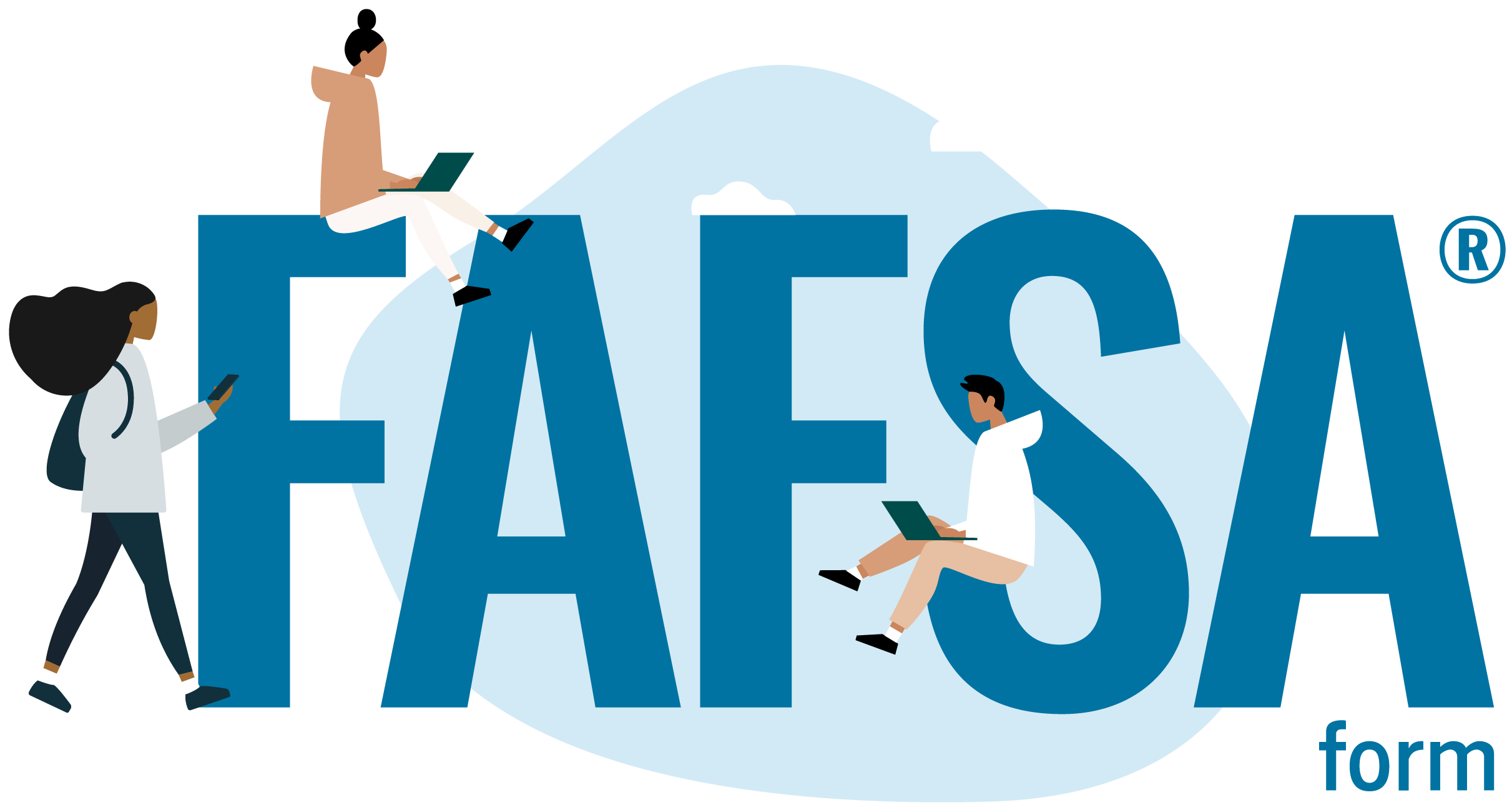Statement of David Parkhurst
Director, Economic Development and Commerce Committee of the National Governors Association
Before the House Ways and Means Committee
Hearing on “Tax Reform and Tax Provisions Affecting State and Local Governments”
Chairman Camp, Ranking Member Levin and members of the House Ways and Means Committee, thank you for inviting testimony from the National Governors Association (NGA) regarding key issues for the states associated with federal tax reform. Founded in 1908, NGA is the only bipartisan organization of the nation’s governors.
My name is David Parkhurst, and I am the director of NGA’s Economic Development and Commerce Committee led this year by Pennsylvania Governor Tom Corbett and Kentucky Governor Steve Beshear. The Economic Development and Commerce Committee is charged with developing policy positions that reflect the priorities of governors with regard to issues related to the economy, including the implication of federal tax reform.
In preparation of this debate, governors last year appointed a five-member Tax Reform Task Force, co-chaired by Governors Corbett and Governor Beshear, to explore the possible effects of federal tax reform on states. The Task Force includes Connecticut Governor Dan Malloy, Michigan Governor Rick Snyder, and U.S. Virgin Islands Governor John deJongh.
My remarks today will include a short summary of the work of this Task Force.
Let me begin with several main points:
- Public finance – notably tax-exempt bonds — is the primary method to finance infrastructure projects —including schools, hospitals, roads, and bridges—approved directly by voters or by governing bodies.
- Federal laws and regulations, either directly or indirectly, should not increase the costs states and local governments incur to issue municipal bonds or decrease investor appetite to purchase them.
- No federal law or regulation, including their interpretation and implementation, should preempt, limit or interfere with the constitutional or statutory rights of states to develop and operate their revenue and tax systems.
Federal-State Tax Code Linkages
It has been nearly 30 years since the Tax Reform Act of 1986 became law, which was the last time Congress overhauled the federal tax code (“Code”). Driving factors today include lowering tax rates through closing loopholes and reducing tax expenditures. The variation among states in their linkages to the federal Code is another important factor that will influence tax reform. See Attachment 1 for a chart detailing federal-state linkages.
State income taxes, for both individuals and corporations, often rely on the federal Code and to a large degree, conform to its features; definitions; eligible deductions and exclusions; and tax treatment of certain transactions:
- Thirty-six of the 41 states with a broad-based personal income tax base the calculation of state tax on a federal “starting point” such as adjusted gross income (AGI) or taxable income. 1
- In the five states that do not use a federal starting point, the various items of income used to calculate the state base are commonly defined with federal Code definitions. 2
- Of the 46 states that levy a tax based on corporate income, all of them effectively use “federal taxable income,” with certain modifications, as the starting point for state tax computations. 3
States conform to the federal Code because it promotes taxpayer simplicity and compliance. Many states also rely on federal reporting mechanisms to help administer state tax systems. Changes to deductions, credits, exclusions, and exemptions in the federal Code, moreover, would have corresponding revenue and economic implications for the states depending on the variation in each state’s linkages to the federal Code.
Tax Reform Risks for Municipal Bonds and State/Local Tax Deductibility
While changes to the current federal tax treatment of municipal bonds were not part of the latest “fiscal cliff” package in early January, restrictions on the deductibility of state and local income, property and sales taxes were included, and governors are well aware that changes to those tax exclusions and deductions that benefit states may be considered in future negotiations between Congress and the Administration. In this regard, the most important issue for states in federal tax reform is safeguarding public financing— notably tax-exempt bonds — because it is the primary method to finance infrastructure projects.
For nearly 200 years, municipal bonds have assisted states, cities, and counties in financing their infrastructure needs, including roads, bridges, schools, hospitals, transit systems, housing, public power and gas systems and utilities, and other vital projects serving the public good. Since its inception in the early 20th century, the federal Code included the exclusion from income for municipal bond interest. In contrast to the status quo treatment of municipal bond interest are the following policy options that would chill public finance:
Eliminate the Tax Exclusion. The National Commission on Fiscal Responsibility and Reform (i.e. “Simpson-Bowles”) in its December 2010 report included an “illustrative proposal” to end the exclusion from taxable income of municipal bond interest. According to federal and private sector estimates, the interest exclusion will reduce federal revenues by $43 billion in fiscal year 2014. The exclusion, however, is an attractive incentive for investors that will help states and local governments issue an estimated $400 billion in new bonds for capital projects in fiscal year 2014. SeeAttachment 2 for a state-by-state summary of long-term tax-exempt bond issuances in the states from 2003-2012.
Ending or capping the federal exclusion from income for municipal bond interest would increase the cost of financing infrastructure because investors would demand higher yields to compensate for the lost exclusion. Higher borrowing costs would chill infrastructure investments, lead to higher taxes on citizens to cover the increase, or some combination. Given constraints on direct federal spending, and with the tremendous overhang of unmet infrastructure needs throughout the country, policymakers should encourage, not limit, state and local financing for those projects that create jobs and boost economic growth.
Cap Federal Deductions and Exclusions. Both President Obama, most recently in his proposed 2013 budget, and Speaker Boehner during the recent “fiscal cliff” negotiations in late 2012 indicated that capping all tax deductions and exclusions was an option for deficit reduction. While either its form could vary as a percentage cap on high-income taxpayers, or a hard dollar cap applied to all taxpayers who itemize their returns, the effect on municipal bonds would be damaging.
A “hard dollar” cap crowds out lower-valued deductions and exclusions in favor of higher-valued ones like the deduction for mortgage interest effectively making municipal bonds taxable for most taxpayers who itemize. Note, however, that a percentage cap would not necessarily result in investors rebalancing their tax-exempt portfolios fully into taxables. They would instead seek other ways to adjust their portfolios for tax purposes, which would lower federal revenue projections from this option. IRS data for 2010 returns, moreover, offer a snapshot of taxpayers reporting tax-exempt interest: 84 percent earned $250,000 or less (AGI), while five in 10 were taxpayers aged 65 and older; when measured by the total amount of reported tax exempt interest, taxpayers who earned more than $250,000 (AGI) accounted for less than half the total.
Moreover, if a cap applied to both new and outstanding bonds, it changes the contractual terms of those outstanding bonds for investors, creating legal and market disruptions that could put issuers at risk. A cap also creates new technical complexities for both taxpayers and the Treasury because the process for calculating the cap would not be simple.
Other Options. Opponents of the interest exclusion for municipal bonds have suggested alternatives such as tax credit and direct subsidy bonds to replace tax-exempt bonds:
- Replacing the long-standing tax-exempt market with a tax-credit bond program would harm state and local issuers because investors do not purchase these types of bonds on a wide scale although they are currently available. The outcome goal should be to maximize capital investment through products that attract an optimal basket of retail and institutional investors that will clear the supply of municipal bonds consistently and easily. This is a dynamic process that should involve a mix of tax-exempt and taxable products. Converting to tax credits alone would also increase costs to state and local issuers because investors would demand higher yields, which may also crowd out smaller issuers that do not go to market regularly.
- Direct subsidy bonds have complemented the tax-exempt market, most notably during 2009-2010 with Build America Bonds (BABs). BABs were taxable bonds where the federal government provided the state and local issuer a variable subsidy equal to 35 percent of the interest payable over the lifetime of the bonds. However, replacing the tax-exempt market with direct subsidy bonds, most likely at a significantly lower subsidy rate around 25 percent, would limit the scope of financing tools available to state and local issuers, increase costs because of investor demand for higher yields, and inject new uncertainty whether future Congresses would reduce federal subsidy payments. The fact the BAB subsidy is subject to the sequester would only add to the uncertainty—and thus the costs to state and local issuers—of replacing the current exemptions with BABs.
When it comes to ensuring maximum federal flexibility in public finance for state and local governments, the directive should be “all-the-above,” not “either/or.” The mere discussion about altering the current tax treatment of municipal bonds injects uncertainty into bond markets and raises concern for investors who would demand risk premiums on future bond issues.
State and Local Tax Deductibility
Finally, ending the federal tax deduction for state and local income and property taxes may limit the ability of states to adjust revenue and budget policies in response to uncontrollable economic pressures, which could increase risk concerns for bondholders. It would effectively increase marginal tax rates for taxpayers that, absent an offset for equity purposes, could create an economic drag. Likewise, shifting the federal system of income taxation to something else like a sales or consumption tax could damage administrative viability and limit state control of their tax systems because of federal encroachment into the traditional tax base of states.
Guiding principles on federal tax reform recently affirmed by governors for NGA specifically address state sovereignty. Federal laws and regulations should not preempt or limit state authority to develop and operate their revenue and tax systems.
Conclusion – NGA Guiding Principles on Federal Tax Reform
NGA’s Guiding Principles on Federal Tax Reform will help governors evaluate proposals from Congress and the Administration. They offer concrete suggestions that are consistent with the intertwined interests of states and the federal government. In addition to state sovereignty, the Principles address categories including public finance, federal reforms, proportionality, and economic growth and efficiency:
State Sovereignty
- No federal law or regulation, including their interpretation and implementation, should preempt, limit, or interfere with the constitutional or statutory rights of states to develop and operate their revenue and tax systems.
Public Finance
- The preservation of public financing – notably tax-exempt financing – is necessary because it is the primary method for states to raise capital for a wide range of public projects.
- Federal statutory and regulatory policies should neither increase bond issuance costs to states and local governments, directly or indirectly, nor diminish retail and institutional market demand for bonds issued by states and local governments.
Federal Reforms
- Federal tax reforms should deliver simplicity, adopt innovation, promote certainty, and produce savings for both federal and state governments.
- Federal tax policies and expenditures serve public policy purposes not necessarily captured in revenue and spending numbers. To help avoid unintended consequences from federal tax reform, federal and state partners should work together to determine whether the policy benefits of particular federal tax expenditures exceed their budgetary costs before making final decisions.
Proportionality
- Federal tax reforms should not simply shift costs or impose unfunded mandates onto the states.
Economic Growth and Efficiency
- Federal tax reforms should strive to achieve flexibilities for states that help create efficiencies and stimulate economic growth.
The Principles focus on federal deductibility of state and local taxes and the interest exclusion on municipal bonds because these topics are top priorities for all states. In addition, the Principles address the broader issue of ensuring that federal tax reform does not limit or preempt state authority over budget and revenue systems.
As tax reform moves forward in Congress, states will have different priorities and positions on specific proposals involving particular corporate, international, and individual matters because linkages to the federal Code vary among the states. The Principles will guide NGA’s collective efforts to oppose federal attempts to preempt or limit state authority because what states are doing on tax policy can and should help drive what happens at the national level.
Moreover, state and local governments, as the principal owners and operators of our nation’s infrastructure and issuers of municipal bonds, will remain advocates for safeguarding municipal markets.
Thank you for the opportunity to testify. I would be happy to answer questions.
# # #
1 According to the Federation of Tax Administrators (FTA), seven states do not impose a state personal income tax: Alaska, Florida, Nevada, South Dakota, Texas, Washington, and Wyoming. In addition, Tennessee and New Hampshire impose an income tax on interest and dividends only. FTA (2013)
2 According to the FTA, those states are Alabama, Arkansas, Mississippi, New Jersey, and Pennsylvania.
3 Four states do not impose a tax at the corporate or business entity level: Nevada, South Dakota, Washington, and Wyoming. FTA (2013).












